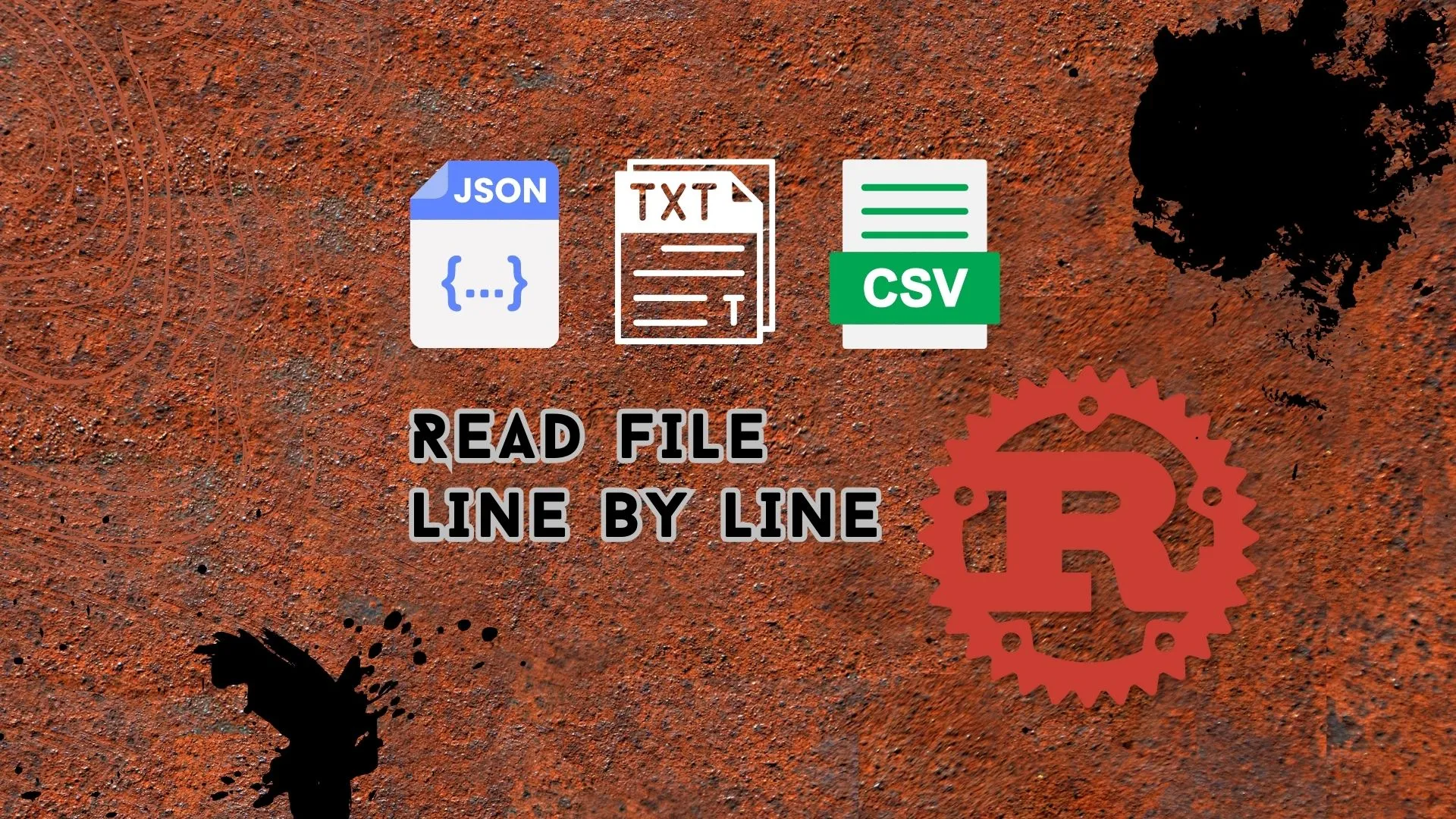
The world of programming is constantly evolving, and there are always new languages emerging. Two languages that have gained significant popularity in recent years are Rust and Swift. While both are modern, fast, and efficient languages, they differ in their design philosophies, syntax, and use cases.
In this blog post, we will explore the differences between Rust and Swift, and how they can be used for different purposes.

Rust: The Systems Programming Language
Rust is a systems programming language that is designed for performance, reliability, and safety. It was created by Mozilla in 2010 and has gained popularity in recent years due to its unique features. Rust is designed to be a low-level language, which means that it provides developers with direct access to hardware resources. This makes it an ideal language for developing operating systems, device drivers, and other systems-level software.
One of the key features of Rust is its memory safety. Rust uses a system of ownership and borrowing that ensures that memory is managed correctly at compile time. This means that Rust programs are less likely to have memory-related bugs, such as null pointer dereferences or buffer overflows, which are common in other languages like C and C++. In addition to memory safety, Rust also provides other safety features, such as thread safety, which prevents data races and other concurrency issues.
Rust also has a unique syntax that can take some time to get used to. Its syntax is similar to C++, but with some key differences. Rust uses a system of macros and attributes that allow developers to extend the language and provide additional functionality. This makes Rust a very flexible language that can be customized to suit the needs of different projects.
Swift: The Modern Programming Language
Swift is a modern programming language that was developed by Apple in 2014. It was designed to be a fast, safe, and easy-to-use language for developing iOS, macOS, watchOS, and tvOS applications. Swift is a high-level language, which means that it provides developers with abstractions that hide many of the low-level details of programming.
One of the key features of Swift is its safety. Swift uses a system of optional types that ensures that null pointer dereferences and other common errors are caught at compile time. This means that Swift programs are less likely to have bugs and crashes than other languages like Objective-C. In addition to safety, Swift also provides other features, such as generics, protocols, and extensions, which make it a very powerful and expressive language.
Swift also has a simple and intuitive syntax that is easy to learn. Its syntax is similar to other modern programming languages, such as Python and Ruby. Swift uses a system of closures and functions that make it easy to write functional code and perform complex operations.
Differences between Rust and Swift
While Rust and Swift share some similarities, they are also quite different in many ways. Here are some of the key differences between Rust and Swift:
Design Philosophy
Rust was designed to be a systems programming language, while Swift was designed to be a general-purpose programming language. Rust focuses on performance, reliability, and safety, while Swift focuses on ease of use, expressiveness, and safety.
Memory Management
Rust uses a system of ownership and borrowing to manage memory at compile time, while Swift uses a garbage collector to manage memory at runtime. This means that Rust programs are more likely to be memory-safe than Swift programs, but they also require more manual memory management.
Syntax
Rust has a complex syntax that can be difficult to learn, while Swift has a simple and intuitive syntax that is easy to learn. Rust’s syntax is similar to C++, while Swift’s syntax is similar to other modern programming languages, such as Python and Ruby.
Concurrency
Rust and Swift both provide support for concurrency, but they use different approaches. Rust uses a system of threads and channels that allow developers to write concurrent code in a safe and efficient way. Swift, on the other hand, provides support for both threads and asynchronous programming, which makes it easier to write code that can handle many concurrent operations.
Performance
Rust is known for its performance and efficiency, which makes it an ideal language for systems-level programming. Swift is also fast, but its focus on ease of use and safety means that it may not be as fast as Rust in some cases.
Use Cases
Rust is ideal for developing operating systems, device drivers, and other systems-level software. Swift, on the other hand, is ideal for developing iOS, macOS, watchOS, and tvOS applications, as well as server-side applications and command-line tools.
Which Language Should You Choose?
Deciding which language to choose depends on your specific needs and requirements. If you need to develop systems-level software or other low-level software, Rust is likely the better choice. Rust’s focus on performance and safety, as well as its unique features like ownership and borrowing, make it an ideal language for these types of projects.
If you need to develop iOS, macOS, watchOS, or tvOS applications, or if you need to develop server-side applications or command-line tools, Swift is likely the better choice. Swift’s focus on ease of use, safety, and expressiveness, as well as its powerful features like closures and functions, make it an ideal language for these types of projects.
Read File Line by Line In Rust
Learn how to read files line by line in Rust with code examples and explanations for beginners. Improve your file…
Why is the Rust programming language not widely adopted
Discover the reasons behind the slow adoption of the Rust programming language. Learn about its challenges with complexity, ecosystem, and…
Why Rust is a Serious Contender to Replace C++
Explore the comparison between Rust and C++ for system-level programming. Discover the strengths and weaknesses of each language in terms…
Final Word
Rust and Swift are both modern programming languages that have gained significant popularity in recent years. While they share some similarities, such as their focus on performance and safety, they are also quite different in many ways. Rust is a systems programming language that is ideal for low-level programming, while Swift is a general-purpose programming language that is ideal for developing iOS, macOS, watchOS, and tvOS applications, as well as server-side applications and command-line tools.
When deciding which language to choose, it’s important to consider your specific needs and requirements. Both Rust and Swift have their own unique strengths and weaknesses, so it’s important to choose the language that is best suited for your particular project. By understanding the differences between these two languages, you can make an informed decision and choose the language that will help you achieve your goals.








